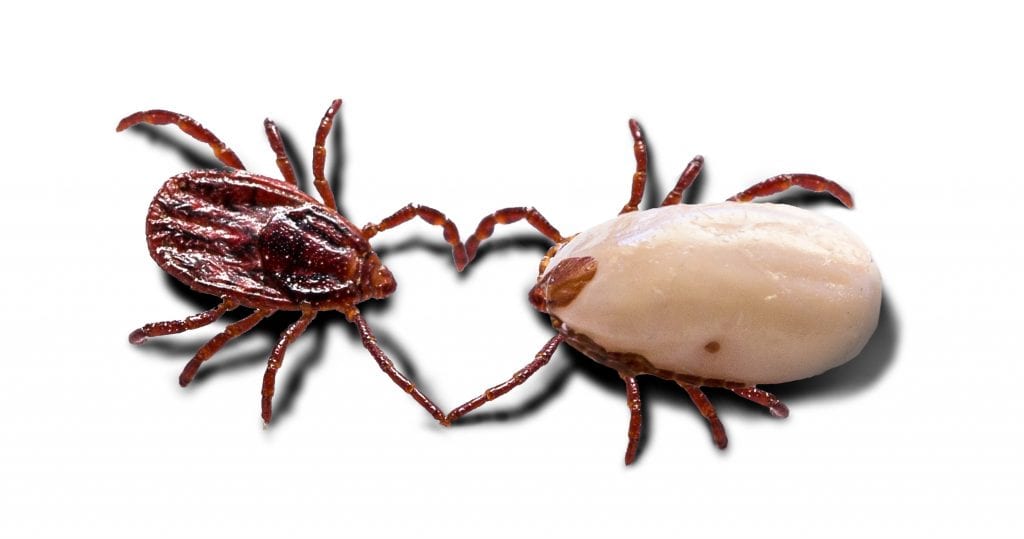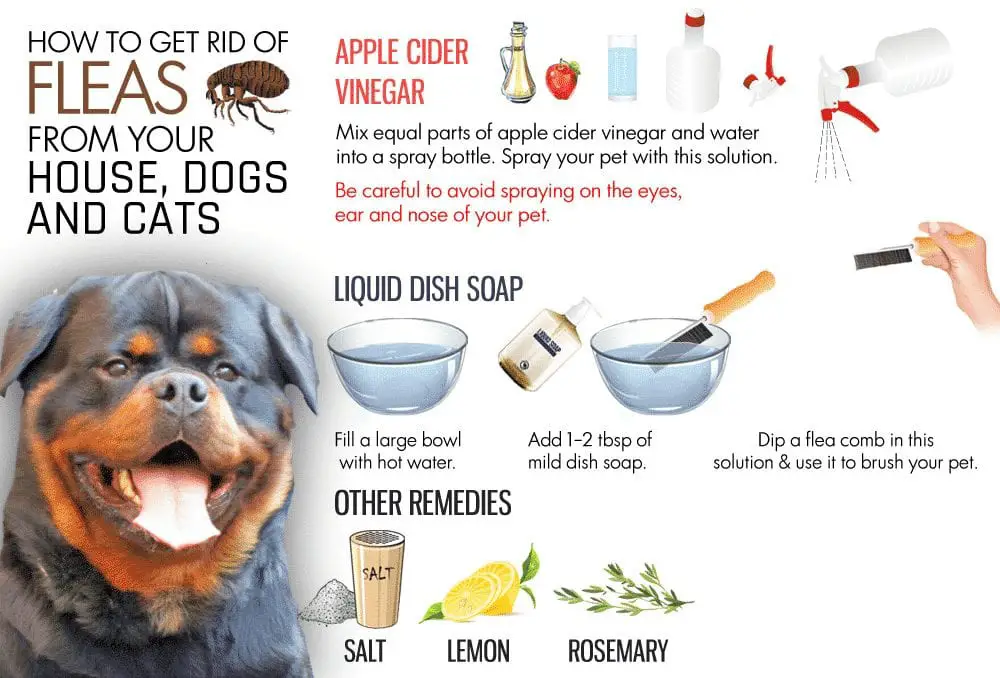Rottweilers rank as the eighth most popular dog breed in the United States, according to the American Kennel Club (AKC). They’re known to be fun-loving and playful dogs with unswerving loyalty and devotion to their human pack. This is why they are the best family protection dogs any family can have.
When raised in a loving and gentle home with a calm and consistent canine leader, these dogs can be like big teddy bears. However, they can be vicious creatures when they perceive a threat to their loved ones. Rottweilers can be a force to be reckoned with when they’re on beast mode and can help deter, or in some cases, eliminate any threat to your family or property. With their enormous size, savage bark, and ferocious teeth, burglars will definitely think twice about trying to disturb your peace.
These are one of the most intelligent and highly trainable dogs you can get, which makes them the perfect family dog. Not to mention their beautiful, shiny black and tan coat which makes them even more attractive to dog lovers, dog trainers, and dog breeders alike.
These amazing physical and behavioral traits that Rottweilers possess are probably the reason why they ranked as the eighth most popular dog breed in the United States. Perhaps this goes the same around the world. However, there’s one threat to their overall health and wellness that can become quite serious if not promptly treated. This is the infestation of ticks and fleas.

Ticks And Fleas
Ticks and fleas are pesky blood-sucking parasites that can cause more than just itching and irritation. They can cause complications such as dermatological, intestinal, and other health problems in your Rottweiler.
Some of the health problems caused by these parasites are swelling and infections, loss of appetite, lameness and joint pains, vomiting and diarrhea, lethargy, and fever, to mention a few. But that doesn’t stop there. The aforementioned health problems can be mere symptoms of more serious complications, such as tapeworm infestation, anaplasmosis, tick paralysis, murine typhus, rocky mountain spotted fever, and Lyme disease.
As a matter of fact, these parasites can be so harmful that they can even affect your home and your family, moreover, your kids.
There are several veterinary solutions to this problem that are known to be highly effective. For instance, your veterinarian might write a prescription for afoxolaner, which is known to kill fleas and ticks. In addition to that, if your dog is in distress, it might need to start taking trazodone for dogs, too. However, many people out there believe that such medications may contain toxins or chemicals that can do more harm than good.
Some, however, believe that these solutions may have toxins or chemicals that can do more harm than good.
That’s why most dog owners opt for more natural alternatives in the form of topical ointments, oral medications, soaps, shampoos, sprays, and the DEWELPRO, which is believed to be the most convenient and effective. These products are made with the purest natural ingredients to ensure their safety and efficacy.
As a case in point, here are three natural ways to control Rottweiler ticks and fleas:
- Lemon
Lemons contain a citrus extract called D-Limonene that can kill and repel ticks and fleas. This citrus extract is also commonly found as the main ingredient to some natural anti-parasitic pet products such as sprays.
To make a lemon spray on your own, just boil thinly sliced lemons with equal parts water and then simmer for around half an hour. Let the lemons soak overnight before you pour the liquid into a spray bottle, and spray all throughout your dog’s body.
But remember not to spray around their face as this can be toxic to their eyes’ ocular surface. Although this spray wouldn’t cause damage to your dog’s eyes, the pain can be excruciating. You can also use this concoction to spray in and around your hous1e to effectively control ticks and fleas.
- Diatomaceous Earth
Diatomaceous earth is a natural substance made from fossils of freshwater organisms and marine life. It’s harmless to dogs but ultimately lethal to ticks and fleas. This is because it has razor-sharp microscopic particles that can tear through the ticks and fleas’ armor-like skin, causing them to dehydrate and die. However, you must remember to use the food-grade variant instead of the ones used in pools, as they can be toxic and harmful to your dog.
The food-grade diatomaceous earth can be sprinkled directly onto your dog’s coat and even in rugs, carpets, or any part of your house or yard where infestation might be prevalent. This can also repel and prevent any more future infestations.
You can also mix this non-toxic, natural substance with your dog’s food to eliminate internal parasites, such as hookworms, roundworms, pinworms, and whipworms. It’s recommended to be given to dogs for 30 days but can work within seven days of daily feeding.
- Proper Hygiene
A clean and fresh-smelling dog is known to be less attractive to ticks and fleas. Simply giving them a bath with natural pet soap and shampoo products regularly will help prevent infestation or at least control it. Remember not to bathe them too often, though, as doing so may make their skin and coat look dry and dull.
When giving your dog a bath, it’ll be easier for you to spot the parasites and remove them using tweezers. Make sure you put them in a container filled with soapy water or rubbing alcohol. The fleas will die of toxicity and drowning, giving them a slow and painful death—which is probably the best revenge for these pesky parasites.
Final Thoughts
Although there’s no guarantee that your Rottweiler will permanently be tick-and-flea-free, there are other natural preventive measures you can take. One such measure is by having plants around your house or yard. Lemon balm, lemongrass, sage, catnip, mint, and basil are known to repel ticks and fleas. They may not do much with a current infestation but will surely prevent future ones.
There are a plethora of natural ways to control these parasites—or so they say—but there are no scientific data available that could prove their efficacy. To be safe, it’s best to consult your veterinarian before giving anything to your dog.


